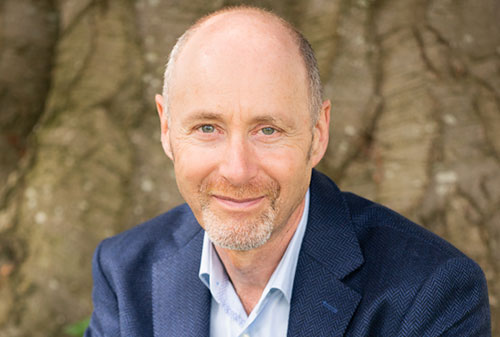
You have gathered all the information you need from your client, carefully created their financial plan, and are now ready to present it.
How do you ensure it is a highly effective and successful meeting?
This process actually begins long before the meeting where you are presenting your clients financial plan. How so?
Let me share a story.
A friend of mine had been hired as part of a small team to build a case for a £40 million plus investment in a new IT infrastructure for a local council.
They had worked hard over several months compiling all the necessary data. It was clear that whilst the up-front investment was huge, the payoff was far bigger.
The savings in time, efficiency, and money made it a no-brainer. Or so they thought!
When you present your clients financial plan will it pass the ‘so what’ test?
The teams next job was to consult with the end users and present their plan. They anticipated a warm and enthusiastic response.
But what they got was the complete opposite! They did not seem enthusiastic at all.
Feeling deflated after all the work they had done my friend and her team got together and reflected.
What could have gone so wrong?
They soon began to realise why they failed the ‘So what?’ test.
What is this?
People only ever act for own their reasons, not our reasons
Despite the teams reasons (time, efficiency, money) being sound, these were not of primary importance to the end users.
We have all been there, right? We love our product or service and, therefore, we assume that our clients and potential clients will feel the same way.
Schoolboy error and yet it is one that many practitioners make. When presenting your clients financial plan if you talk about your reasons the response will probably be, ‘So what?’
Financial planning clients care about what is meaningful in their own lives. (Read ‘The danger of making assumptions’)
Discover your clients’ primary values
My friend and her team then went back to the end users and this time they asked questions and they listened with an open mind.
What did they discover?
Most of the end users were in their jobs because they wanted to make a difference. This was the primary driver – their most important value.
So, they showed the end users how the new system would help them do that. The result? Enthusiasm and no push-back.
Your financial plan may be a technical masterpiece, but are you addressing the “Why?” and not just the “How?”
When you present your financial plan if it is not clearly demonstrating that it gets your client what they want, then expect push-back.
What do Trusted Advisers do?
Trusted advisers are willing to invest their time getting to know their clients at a deep level. And because they do this their clients trust them implicitly and follow their lead.
Do you know what drives each of your clients? Is this a conversation you return to on a regular basis?
If not, isn’t this a fantastic opportunity?
Face to face financial advice is edging ever closer to the day when conducting purely transactional relationships will no longer be commercially viable. It is already a world of diminishing returns.
Yet clients love it when you take a genuine interest in what matters most to them and then show them how to get it.
P.S. You can download an updated version of ‘How to stay ahead of your clients’. This will help you create immediate and long term value for your clients. Click here.


